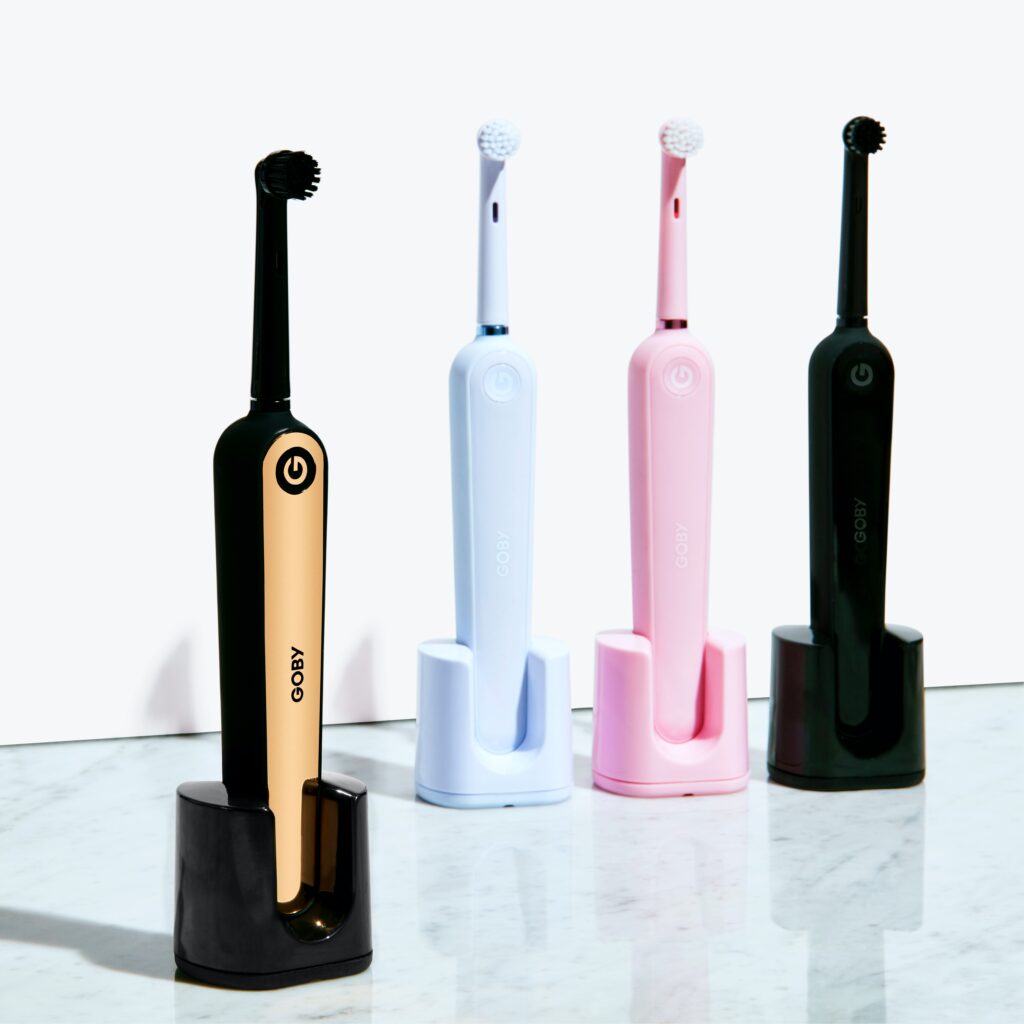The toothbrush is a simple and mundane product that many take for granted. However, the toothbrush industry is worth billions of dollars each year. The demand for toothbrushes continues to grow and evolve as consumers search for products effective in improving oral hygiene and general health.
Toothbrushes are widely available from pharmacies, grocery stores, and online e-commerce sites like Amazon. Many people probably have multiple types of toothbrushes at home. That said, there is little information about the size and scope of this industry. How big is the toothbrush industry? What can we expect from the market moving forward? Keep reading for insights into this dynamic market.
Global Toothbrush Industry and Market Size
The global toothbrush market will be growing to $10.52 billion by 2023. This is a substantial increase from the $7.12 billion market size in 2017.
Oral-B company dominates the current market, which owns the Oral-B, Oral-B Braun, and Sonicare brands. Oral B has a market share of 43% which will continue growing in the coming years. Head and Neck, which makes the Oral-d, Colgate, and Reach brands, is a distant second with a market share of 23%. Other key players in the market include Wrigley (Crest, Oral-Health, Oral-B, Act, etc.), Unilever (Dove, Oral-B, etc.), Johnson and Johnson (Sonicare, etc.), and GlaxoSmithKline (Brite, Sensodyne, etc.).

Sale of Toothbrushes Each Year
Around 500 million toothbrushes are sold every year. One might assume that most of these toothbrushes are replaced every year. But that is not the case. Many toothbrushes are used for years before they are discarded. It is because many people fail to replace their toothbrushes as often as they should, which has detrimental effects on oral health.
When the bristles of a toothbrush begin to fray and break, they become less effective at cleaning the teeth and gums. Bacteria can also grow on a worn-out toothbrush. To avoid these problems, dentists recommend replacing a toothbrush every 3-4 months.
Types of Toothbrushes
There are many different types of toothbrushes on the market. The most basic type is a manual toothbrush. This type of toothbrush does not require batteries or electricity and has been in use for many years. Some manual toothbrushes come with an electric toothbrush. These toothbrushes are for people with limited dexterity or who have trouble brushing their teeth manually. Electric toothbrushes come in a variety of shapes and sizes with many different features and functions. Some models of electric toothbrushes include heads that rotate, pulsate, and travel backward and forwards.
These toothbrushes clean teeth more effectively than a manual toothbrush. Other models function to clean specific areas of the mouth, like the back of the teeth and the gums. Some models are for people with special needs, like seniors and people with limited dexterity.
While manual and electric toothbrushes remain the most common types of toothbrushes, there are others available that work differently. For example, there are toothbrush alternatives like the sonic toothbrush, water flosser, and air floss. There are also toothbrush add-ons to improve brushing habits and performance.

Reasons for Growth in the Toothbrush Industry
There is a growing consciousness about oral health, which is driving the demand for better toothbrushes. People are more aware of the importance of oral hygiene than ever before. Studies have shown that poor oral hygiene can increase the risk of developing several health issues, including cardiovascular disease, diabetes, and certain types of cancer.
In addition, the aging population will drive growth in the toothbrush industry. Older adults are less likely to brush their teeth regularly and have more periodontal disease. Therefore, oral hygiene products for these groups will increase in demand. Another key driver for the toothbrush industry is the growing interest in electric toothbrushes. The market for electric toothbrushes will grow from $2.7 billion in 2017 to $3.3 billion by late 2022. This growth will be driven by an increase in the number of electric toothbrush users and the average price of an electric toothbrush.
Issues with Current Models of Toothbrushes
Unfortunately, not all toothbrushes are equal in function. Many models of toothbrushes fail to meet the minimum standards of oral hygiene. Some of these models will don’t clean the teeth properly, while others may damage the teeth and gums. In some cases, toothbrushes may even spread harmful bacteria around the mouth and increase the risk of oral diseases. Bad oral health is more pervasive than many people realize. Many toothbrush models fail to clean teeth properly. This increases the risk of oral diseases and complications. There is an urgent need for new and improved toothbrush models that clean teeth thoroughly and have fewer side effects.
Conclusion
The toothbrush industry is massive and continues to grow. This industry will grow from $7.12 billion in 2017 to $10.52 billion by 2023. This growth is expected to be driven primarily by an increase in the number of electric toothbrush users and an increase in the average price paid for an electric toothbrush. There is also a growing consciousness about oral health, which is expected to drive demand for better toothbrushes. To meet growing demand, the industry will need to produce better models of toothbrushes. For example, toothbrushes that help clean teeth more thoroughly and have fewer side effects.
If you are looking for a supplier or for some free samples of toothbrushes for your company, check out our website for a selection of affordable and quality toothbrushes.

